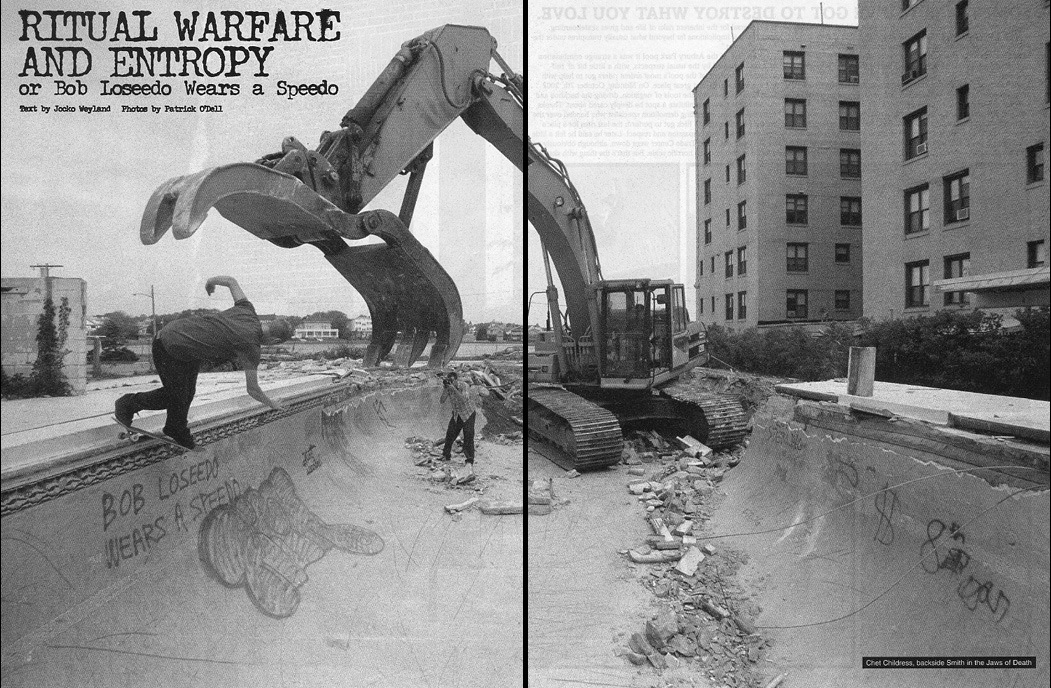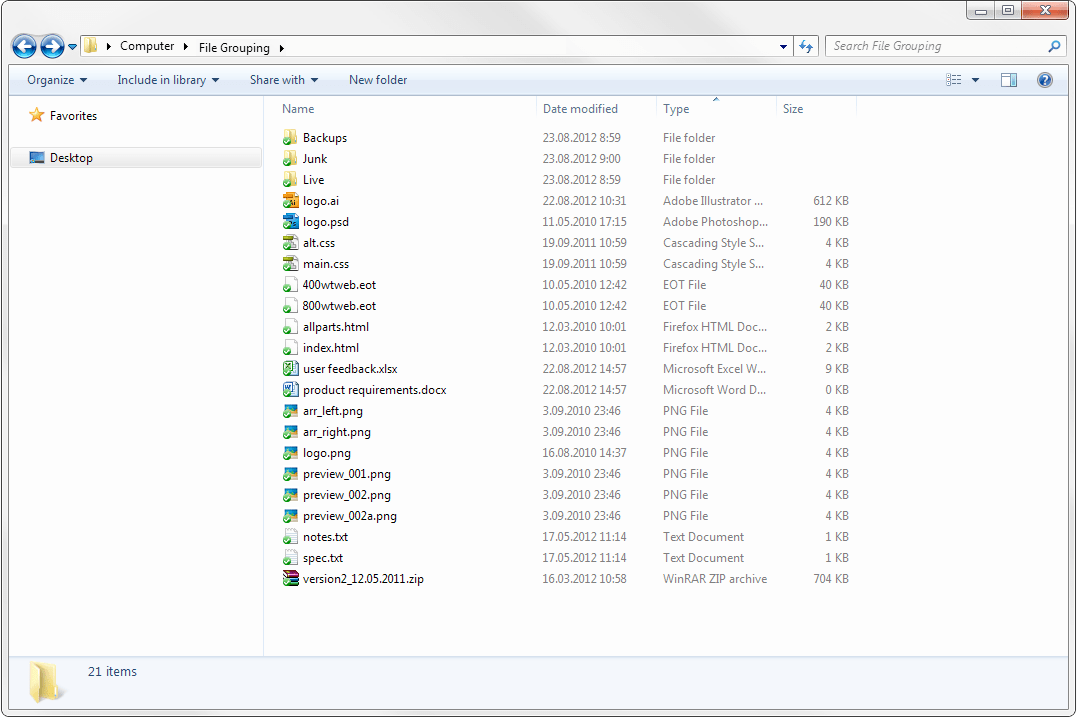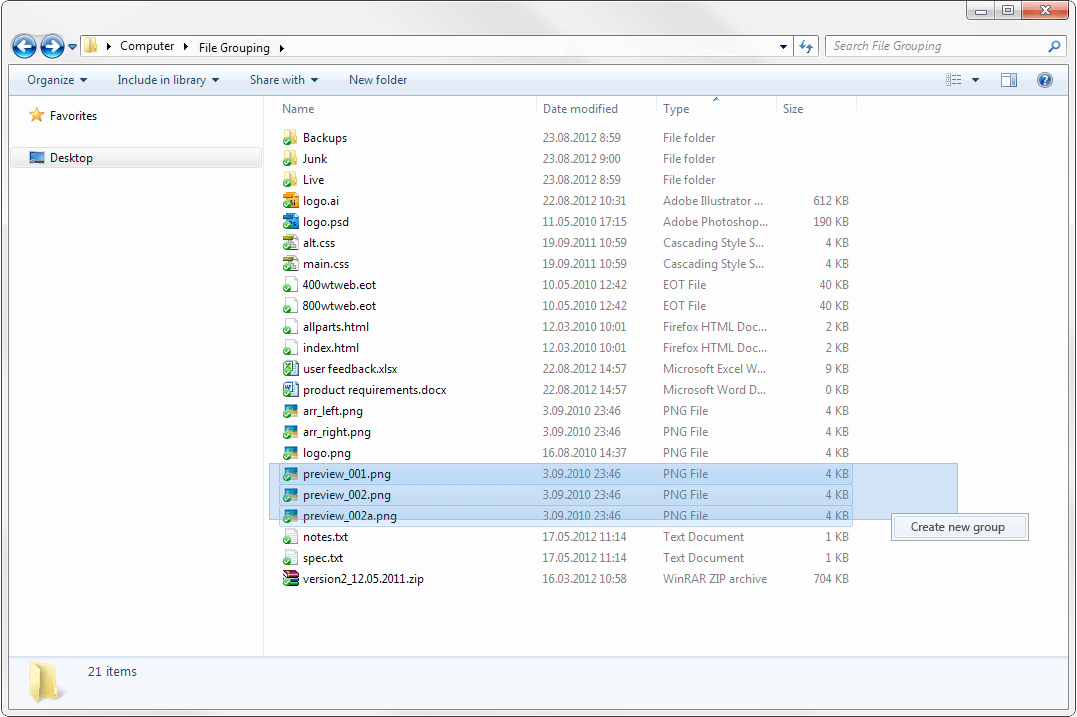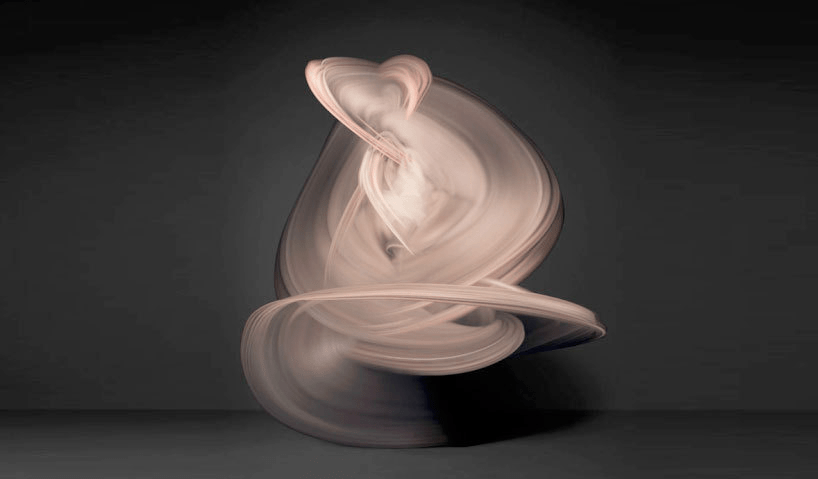Chet Childress backside smith in the Jaws of Death.
via madfuture

A running collection of things I’ve found interesting, well-made, or worth spreading—mostly from art, design, tech, photography, and film, with the occasional thought or two of my own.

Chet Childress backside smith in the Jaws of Death.
via madfuture
Folders are hard. Organising information into deep hierarchies with a structure that makes sense and navigating it later takes mental energy.
The mental burden of it might be small and unnoticable, much like the simple fact of having gears on your bike reserves some of the cognitive resources of your brain to constantly think about them. You may not notice it and if someone tried to tell you it’s so, you might even disagree. But these things add up, and you really should use your brain for more important stuff.
Folders are also hard in the sense of being unconditional. You’re taking some stuff, putting it into a drawer and closing it. It’s hiding things from view, making you remember where, in which drawer that thing you’re looking for is.
I’m not entirely against folders - big complex projects need this level of organisation. But at times I find myself wishing for a softer way of organising files. Continuing with the drawer metaphor, I’d like a way to just group items on my desk, so they’re always visible, but still organised to some extent. What I’m wishing for is something like Fences, but not limited to the desktop. Windows 7 allows grouping by a myriad of criteria, but I can’t define my own groups.
Working on a design project I might have multiple iterations of the design as Photoshop or Illustrator files, multiple preview jpeg’s, reference files, stray ideas and wild guesses plus specs from the client and, last but not least, the finished work. I might stuff all these into respective folders and that would give me a nice clean desk, but I would also lose the one glance overview. Out of sight often means out of mind.
Let’s start off with the aforementioned imaginary project. It’s a folder with other folders and miscellaneous files in it.

Instead of stuffing the loose files into respective folders (previews, feedback, client etc.) one would select the files to group by either drawing a box around them or ctrl clicking on the files. One could also right-click anywhere and create a new group from a context menu.

The groups would be collapsible and show how many files they hold just like the current way groups work in Windows 7. You could rename a group any time and also change it’s color, for example you could decide that groups containing preview files are always blue and groups of client files are red, making them easy to distinguish by a glance. Deleting a group would not delete the files in that group. You could also have empty groups for visual clues of the projects structure before all files get there.
And that’s it, a more lightweight way of organising files.
By the way, I recommend reading Oliver Reichensteins blog post about getting rid of deep folder hierarchies in Apple’s Mountain Lion OS.

Photographer Max Oppenheim collaborating with prosthethics artist Bill Turpin for a tribute to the epic “Black Hole” comics by Charles Burns.
via this isn’t happiness™

Japanese photographer Shinichi Maruyama combines thousands of still photos of a nude model dancing to these stunning sculpture-like images.
Have you ever had the feeling that you didn’t really know what you were doing, and it was just a matter of time before someone realized it and exposed you as a fraud? Turns out it’s not just psychological, there’s also biology behind this nasty feeling that you’re a fraud about to be exposed, explains Olivia Fox Cabane.
I often get goosebumps from music, most of the times it's songs that build up to "really big", Minnie Ripertons "Les Fleurs" is one that immediately comes to mind. Well, now I know why that happens—I get scared.
According to Huron, researchers have discovered that several of the frisson’s acoustic correlates—things that seem to induce the sensation in listeners—are fear-related. These correlates include rapidly large increases in the loudness of music, abrupt changes in tempo and rhythm, a broadening of frequencies and an increase in the number of sound sources, among other factors.
– phys.org
This is the end, you have reached the last note on this site.
I launched this site in it's current form in early 2021. The previous incarnation was a fully static HTML site without a blog engine and I used Tumbrl to host the blog. Tumblr was super easy to set up and get going, including using custom domains, a no-brainer at the time. When building this new site I looked into ways to convert and import the archive from the Tumblr blog but eventually decided against it and opted instead to cherry-pick some posts and leave the Tumblr version as it is. I don't maintain it in any way, and have no plans to make an effort to keep it alive, should Tumblr go away or whatever. Here it is: rednas.tumblr.com